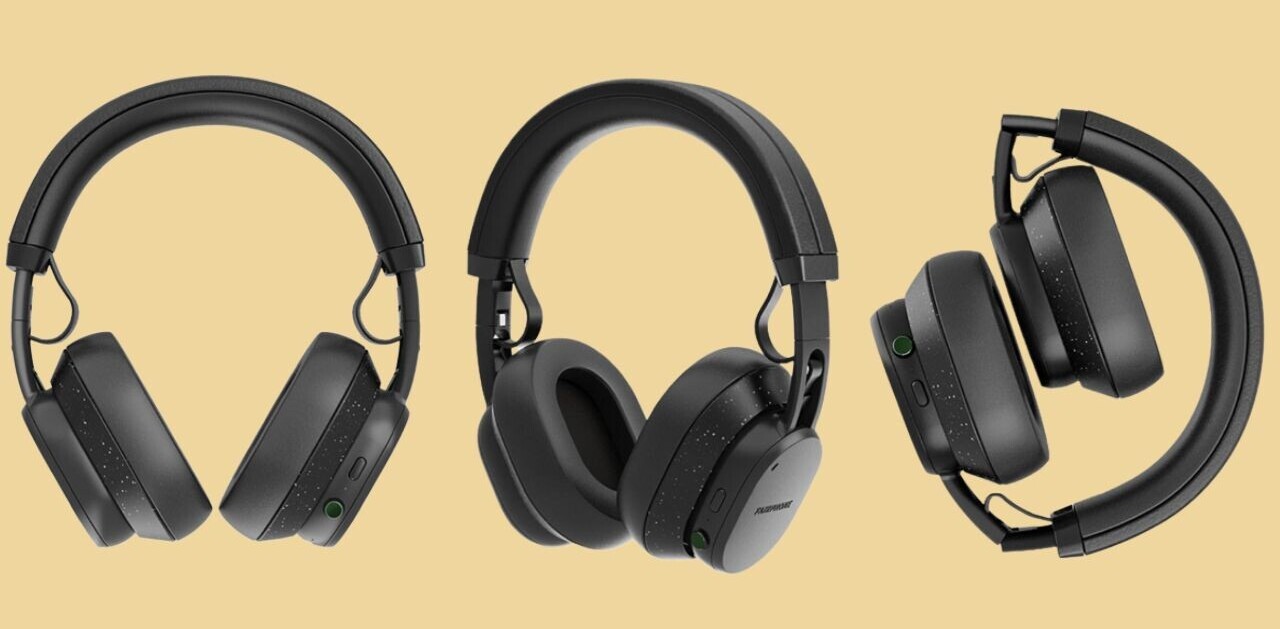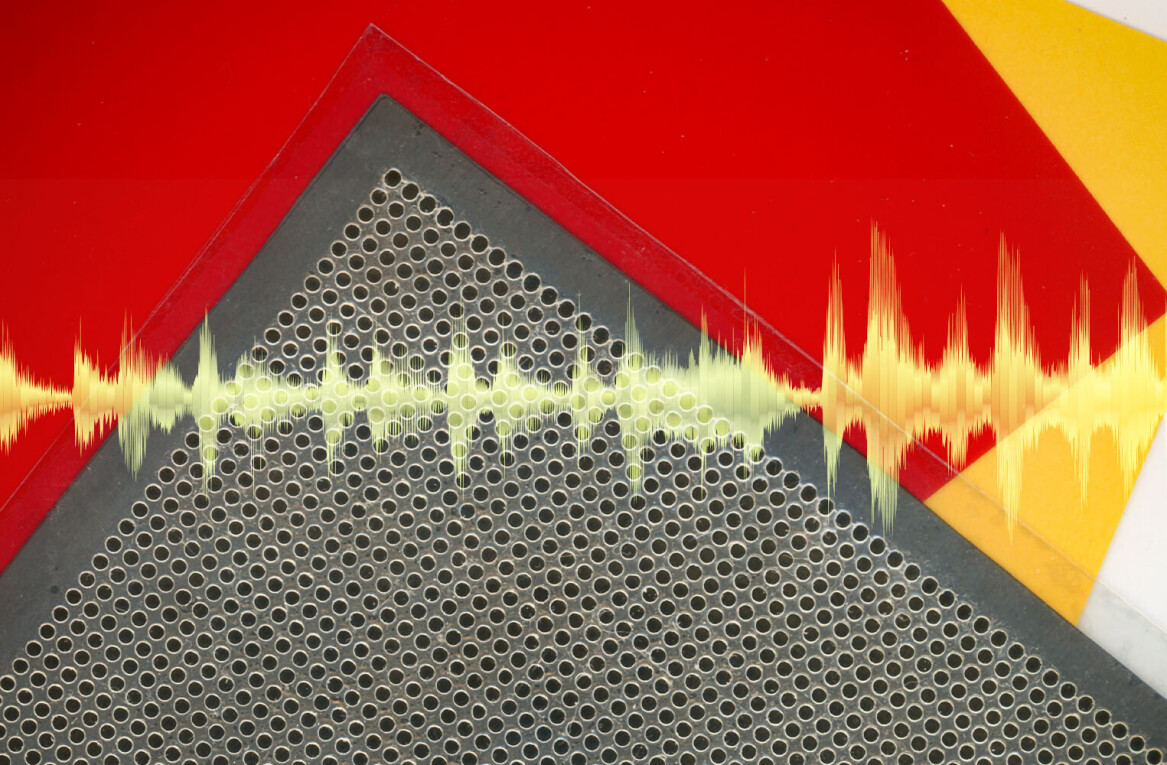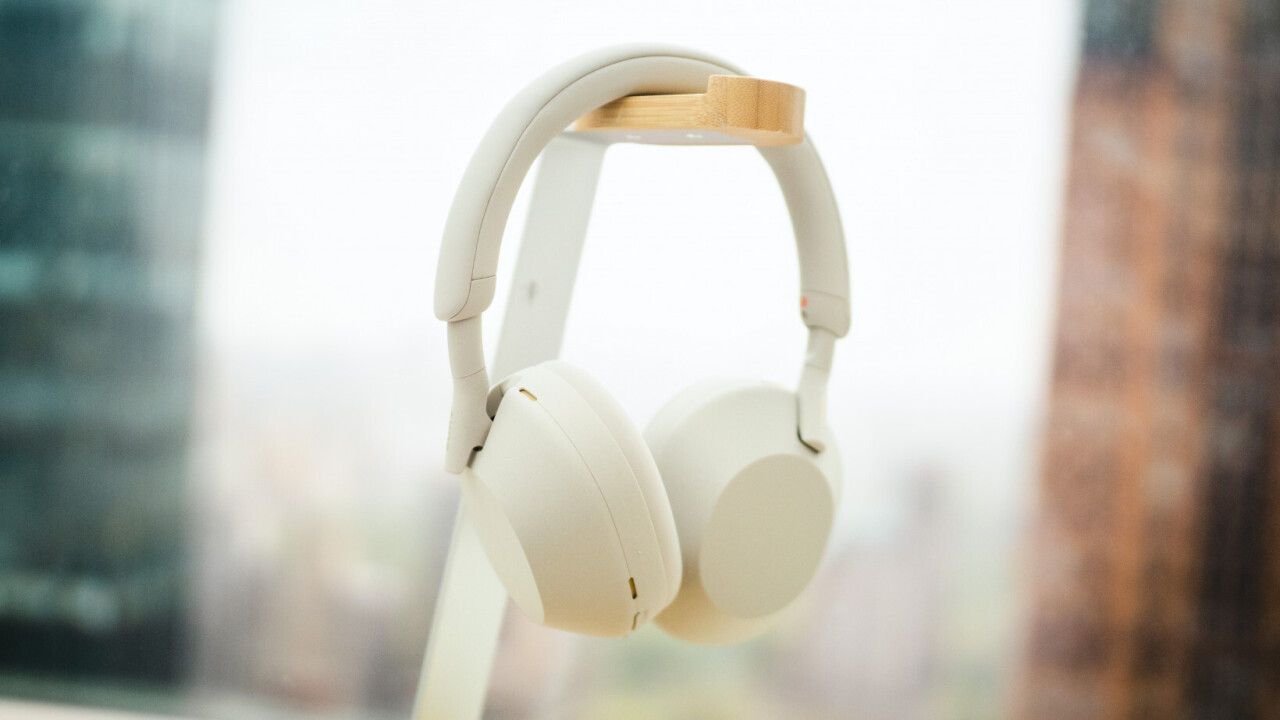
Calling a product ‘the best’ of anything isn’t something I take lightly. Everybody has different preferences and needs, so I always try to tailor recommendations to a person’s tastes.
But when someone asks “what noise-canceling headphones should I get?” my answer is almost always “the Sonys.”
Okay, sometimes one of Bose’s latest models gets the nod too, and I actually tend to find Bose’s sound more neutral out of the box. And there are other excellent options for those on a budget. But Sony has been driving progress in the noise-canceling headphone space for the past several years, and the new $400 WH-1000XM5 are no exception.
As shown in multiple leaks, the WH-1000XM5 have a sleek new design. Eye of the beholder and all that, but to me, the WH-1000XM5 just look better than their predecessors. That’s especially true since Sony had only made minor tweaks to its design since the original MDR-1000X headphones were released in 2016. That look was getting a little stale, and the headphones were never all that stylish in the first place.
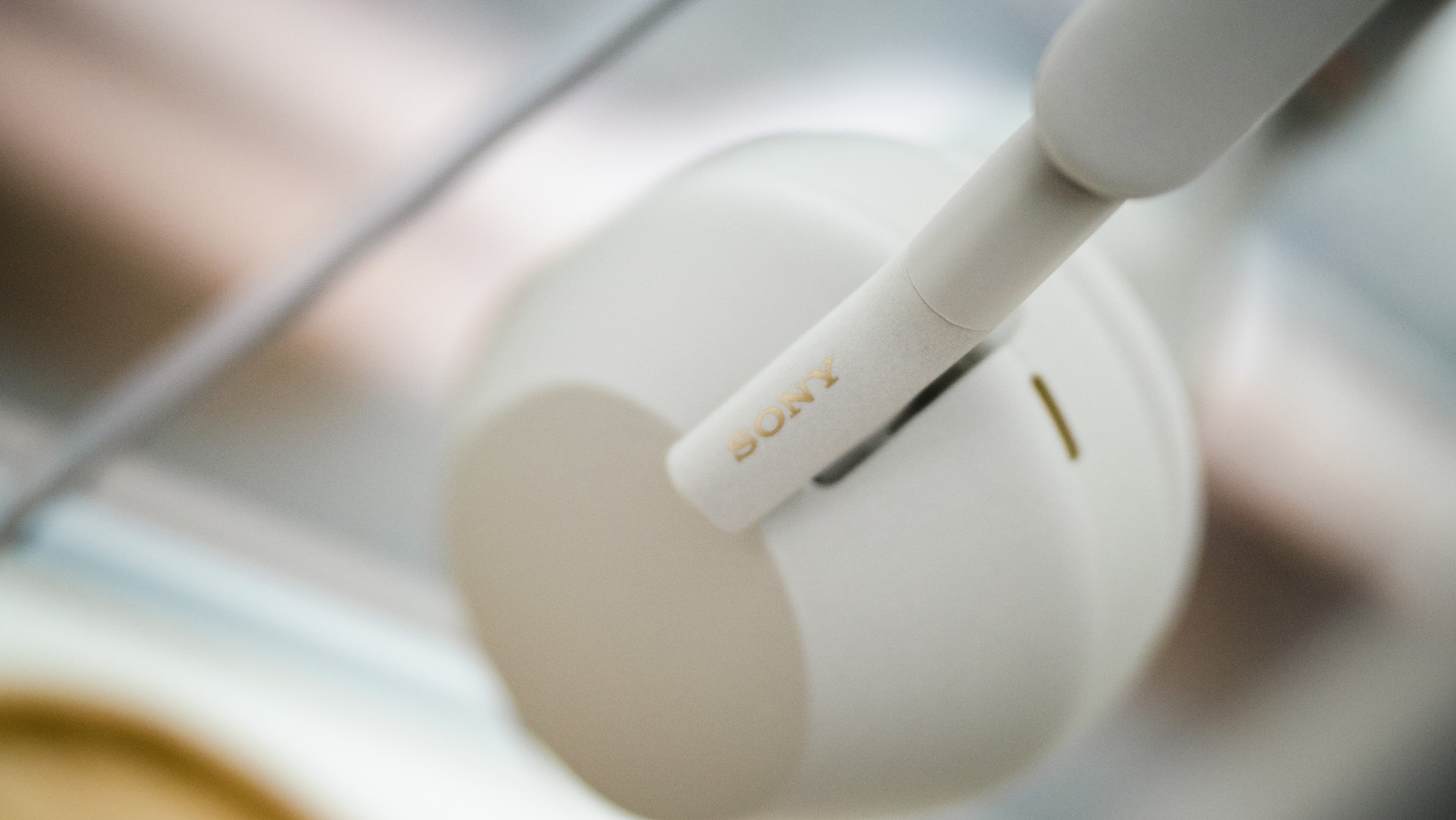
The new design is more comfortable too. The headband padding now stretches all the way across the top of the headphones, and the earpad material also seems denser and slightly thicker. Those with larger ears will appreciate the extra space inside the cups as well.
It all leads to a design that is more comfortable, looks better, and feels sturdier. The one big caveat to the chunkier new design is that, well, it’s bigger.
The headphones no longer have secondary hinges, meaning the Sonys can only fold flat for storage (as opposed to compressing into a smaller size). Accordingly, the new carrying case is also bigger, taking up more space in your bag.
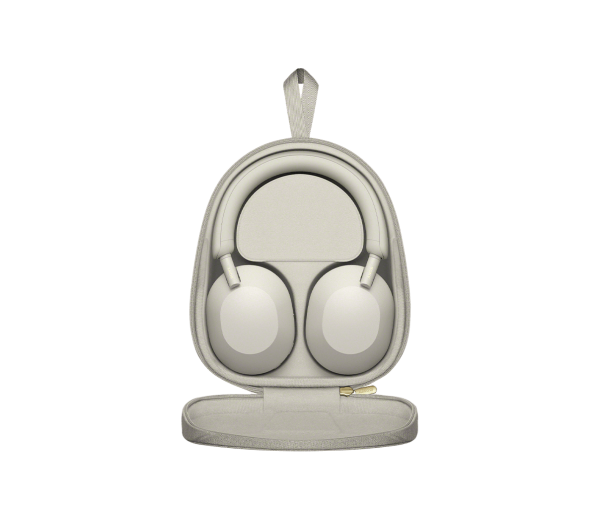
The choice seems to have been made for aesthetics and durability — I’ve seen previous Sony headphone arms fail on a couple of occasions — but it’s a little strange to make a travel-centric headphone larger, not smaller.
Another strange choice for travel: you no longer get an adapter for those weird dual 3.5mm connectors people only ever use in planes. I haven’t used one of those in like a decade, but that could be annoying for some frequent flyers given the $400 price tag (you can get one for like five bucks, though).
Design aside, there are multiple iterative but meaningful improvements to the 1000XM5.
First things first: The 1000XM5 are better at noise canceling than the 1000XM4. Not by much, but there’s a slight improvement in blocking out higher frequency sounds like voices (as opposed to low frequency sounds like the hum of an A/C).
Sony says it’s using AI, additional microphones, and more powerful processors to improve performance in this frequency range. Whatever the reasons, you’re getting some of the very best noise-canceling performance money can buy.
The headphones also sound better than their predecessors. I found the 1000XM4 to be a bit too “V-shaped,” with particularly pronounced bass and slightly elevated highs. The 1000XM5 are better balanced to both my ears and my headphone measurement setup.
They do still have an excessive amount of bass, but the rest of the frequency range strikes me as more neutral. You can also easily reduce the amount of bass in Sony’s Headphone Connect app, so a boomy low end shouldn’t be a huge concern for picky audiophiles.
That said, it’s worth noting that if you have big hair, like me, you might come across the occasional distortion artifacts.
Like many noise-canceling headphones, the 1000XM5 use their microphones in order to regulate the bass output when there is a lackluster seal — something that also affects many people who wear glasses. That’s mostly a good thing, as it means you don’t lose all the low end due to an imperfect fit.
But as I’ve found with other noise-canceling headphones, this can also lead to audible distortion when playing music loudly.
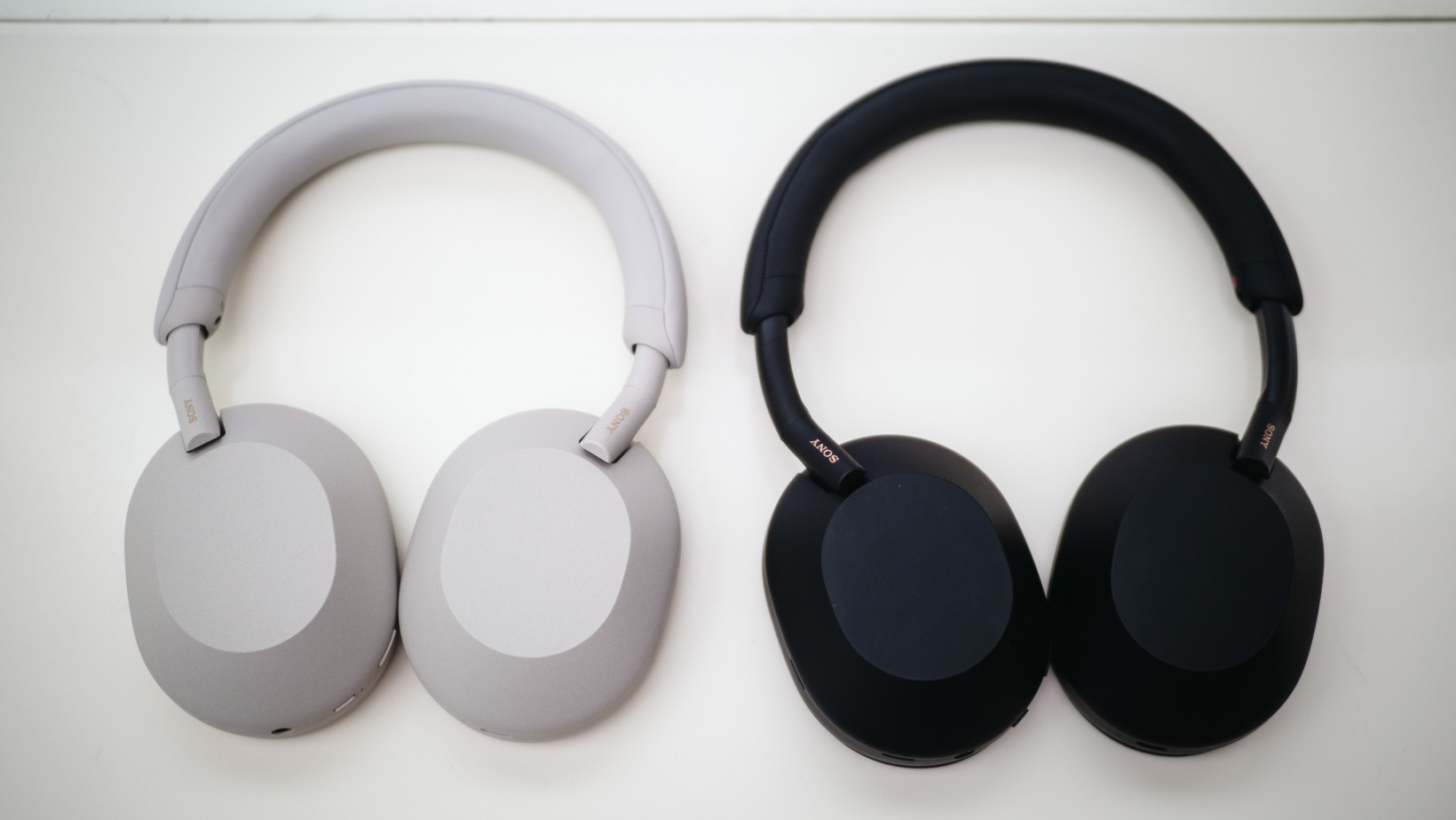
This is because the driver is forced to work harder to create more bass when there is an imperfect seal. It would be nice if Sony found a better balance of bass output and distortion for those of us with big hair — or if it simply used thicker earpads for a more universal fit. But reducing the bass quantity in Sony’s app does a lot to minimize this distortion.
Sound quality aside, my personal favorite update is proper support for the Google Assistant (and Alexa) with hotword detection. Previous Sony models have had tight integration with Google Assistant too, but they required you to hold a button while speaking. It was awkward, and it meant I pretty much never used the feature.
On the 1000XM5, as on Sony’s LinkBuds, you simply have to say ‘OK Google’ to invoke the assistant. It means I can control music and audiobooks hands-free while I’m doing the dishes or walking my dog. It’s also handy when it’s raining and the touch sensors aren’t working right (note: the Sonys are not officially water-resistant).
It’s the difference between using the voice assistant multiple times a day and never using it at all — if you’re the type of person who cares about voice assistance in the first place.
Lastly, the WH-1000XM5 finally support multipoint connections, meaning they can be connected to several devices at the same time and seamlessly switch audio between them. The caveat is that you can’t use LDAC, Sony’s highest-quality Bluetooth codec, while using multipoint. You’ll have to settle for AAC, although most people won’t be able to tell the difference.

The question on many people’s minds will be “should I upgrade?” If you’re coming from the 1000XM4 or 1000XM3, then probably not. The new design is neat, but the improvements are iterative rather than revolutionary.
It’s a good thing, then, that Sony is keeping the 1000XM4 on the market for $349. You can save a little money (or significantly more, if you buy used) and get nearly the same noise-canceling performance. That said, some buyers might find features like multipoint connection, better sound quality, and improved Google Assistant support to be worth spending a little more.
The Sony 1000XM5 only make small improvements to the 1000XM4, but that’s all the company needed to do. After all, being better than the best is a pretty good place to be.
Get the TNW newsletter
Get the most important tech news in your inbox each week.
